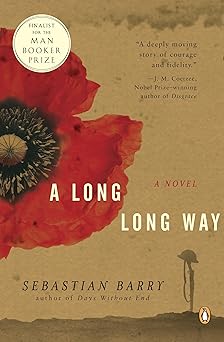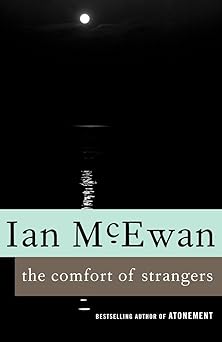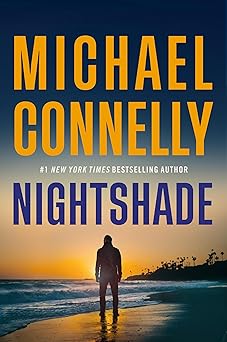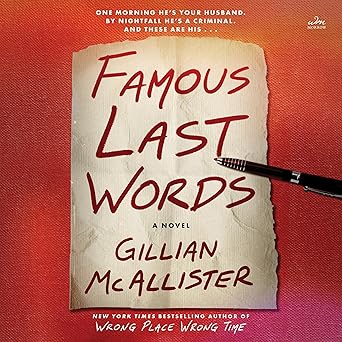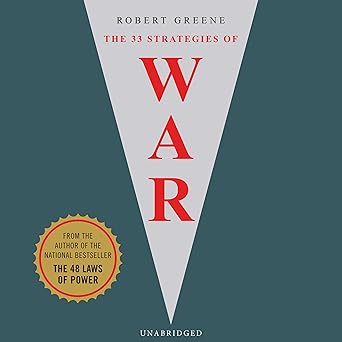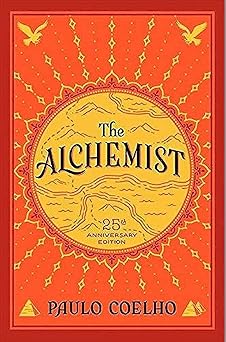
It’s a story about a young shepherd boy from a place called Andalusia. He has a dream, a feeling deep inside that tells him there’s something more out there for him. It’s a lovely feeling, that pull toward something you don't quite understand. I remember when I was a little girl, I had this feeling I wanted to learn to play the piano, even though my family didn't have one. It felt so strong, this need to create music. Santiago, our shepherd boy, feels the same way about his dream. He believes he should travel to find a treasure. The story follows him as he leaves everything familiar – his home, his sheep, his comfortable life – to chase this dream. He doesn't know exactly what the treasure is or where to find it, but he trusts the feeling inside him. This part really resonated with me because sometimes the hardest thing to do is to leave what’s safe and step into the unknown. It takes a lot of courage to listen to that inner voice, especially when everyone around you might be telling you to stay put. Along his journey, he meets interesting people, faces challenges, and learns a lot about himself and the world. He learns to understand signs, and he learns to pay attention to what his heart is telling him. It’s a story about taking risks and having faith, even when things get tough.
The central message of this tale is about finding your own path and understanding that the greatest treasures aren't always material things. Santiago encounters many obstacles and meets diverse characters who offer guidance and wisdom. These encounters aren’t just about getting directions; they're about learning valuable lessons about life, love, and the importance of perseverance. He learns that the journey itself is often more rewarding than the destination. There are moments when he feels lost or discouraged, and he has to decide whether to continue following his dream or give up. It’s a reminder that following your heart isn't always easy, and that setbacks are a normal part of the process. There's a beautiful simplicity to the way the story unfolds. It's not about grand adventures or epic battles. It's about the quiet moments of self-discovery, the small acts of kindness, and the importance of staying true to yourself. It emphasizes how the universe communicates with us, often in subtle ways, if we only learn to pay attention. There's a profound sense of hope woven throughout the narrative, a belief that if we are brave enough to pursue our dreams, we will find what we are looking for.
Ultimately, the story isn't just about finding a treasure; it’s about finding yourself. It's about recognizing that the things we truly value are often the things we already possess. It's about appreciating the journey, learning from our experiences, and understanding that happiness comes from within. It is a reminder to cherish the simple pleasures in life, to connect with nature, and to listen to our intuition. This young shepherd boy’s quest transforms him, showing him that the true treasure lies not in a pile of gold, but in the wisdom and understanding he gains along the way. It encourages us to examine our own lives, to identify our own dreams, and to have the courage to pursue them, no matter how daunting they may seem. It’s a story that stays with you long after you finish reading, prompting you to reflect on your own journey and the treasures you’re searching for.
I often think about what it means to truly live. Not just existing, but feeling alive, connected, and purposeful. It’s easy to get caught up in routines, in what’s expected of us, in the comfortable and familiar. But deep down, there's often a quiet whisper, a yearning for something more. I remember when my grandmother, a woman of incredible strength and quiet resilience, decided to learn to paint at seventy years old. Everyone told her it was silly, that she should be focusing on her health or her grandchildren. But she had this feeling, this undeniable pull, and she ignored the doubts. Seeing her joy, her passion as she experimented with colors and brushstrokes, was incredibly moving. It taught me that age is just a number, and that it's never too late to chase a dream. This story really reminded me of that. It’s about a young man who feels that same quiet pull, a sense that there's something beyond his everyday life waiting for him. Leaving behind what he knows isn't a decision he takes lightly; it's a brave step into the unknown, driven by a feeling he can't ignore. It's a beautiful illustration of what it means to listen to your heart, even when it's difficult, and I think many of us can relate to that desire for something more, that sense of yearning. It made me consider what dreams I'm holding back from, and why.
The core of the narrative is about understanding that the most valuable things aren’t always shiny or grand. It's not a whirlwind of high-stakes adventure; it’s about the lessons learned along the way. The people he meets aren't just giving him directions; they’re offering glimpses of wisdom, showing him how to see the world in a new light. It’s a comforting thought, that even when we feel lost, there are people who can offer guidance, even if it’s just a kind word or a helpful nudge in the right direction. There's a simplicity to the unfolding of events that makes it very accessible and comforting. The story highlights that the greatest rewards come from the quiet moments of self-discovery, from the small acts of kindness we offer and receive, and from remaining true to who we are, even when faced with adversity. It underscores how the world communicates with us, sending signals if we only pause to notice. There is a wonderful feeling of hope woven throughout the story, reinforcing the idea that if we are brave enough to pursue what we want, we will eventually find it. It's a reminder that sometimes, the most meaningful experiences aren’t the biggest or the loudest, but the ones that quietly shape us.
Ultimately, it isn't just about discovering a hidden fortune; it's about uncovering who you are. It speaks to the profound truth that we often already possess what we’re searching for. It’s about appreciating the journey, learning from the bumps along the road, and realizing that true happiness comes from within. It’s a beautiful encouragement to savor the simple joys in life, to feel connected to the world around us, and to trust our instincts. The transformation of this young shepherd is inspiring, showing him that the real wealth isn’t measured in gold, but in the knowledge and understanding he’s gained. It’s a story that invites introspection, prompting us to examine our own paths and the treasures we’re seeking. I hope it inspires you to pause, to reflect, and to consider what truly matters in your life.
Rating: 5.0 / 5.0
This story feels like a warm hug for the soul. It's about a young man who feels a pull toward something more, a feeling we all experience at some point in our lives. It's a simple tale, easy to follow and understand, about listening to your heart and having the courage to chase a dream, even when it’s scary. It’s a beautiful reminder that sometimes the hardest thing is stepping away from what's safe and familiar. It doesn't involve big battles or complicated situations; instead, it focuses on small moments of self-discovery and the kindness of strangers. It’s about understanding that the true treasures in life aren’t always material things, but the wisdom and experiences we gain along the way. It’s a story that stays with you, encouraging you to think about what you truly want and inspiring you to take that first step toward it.
